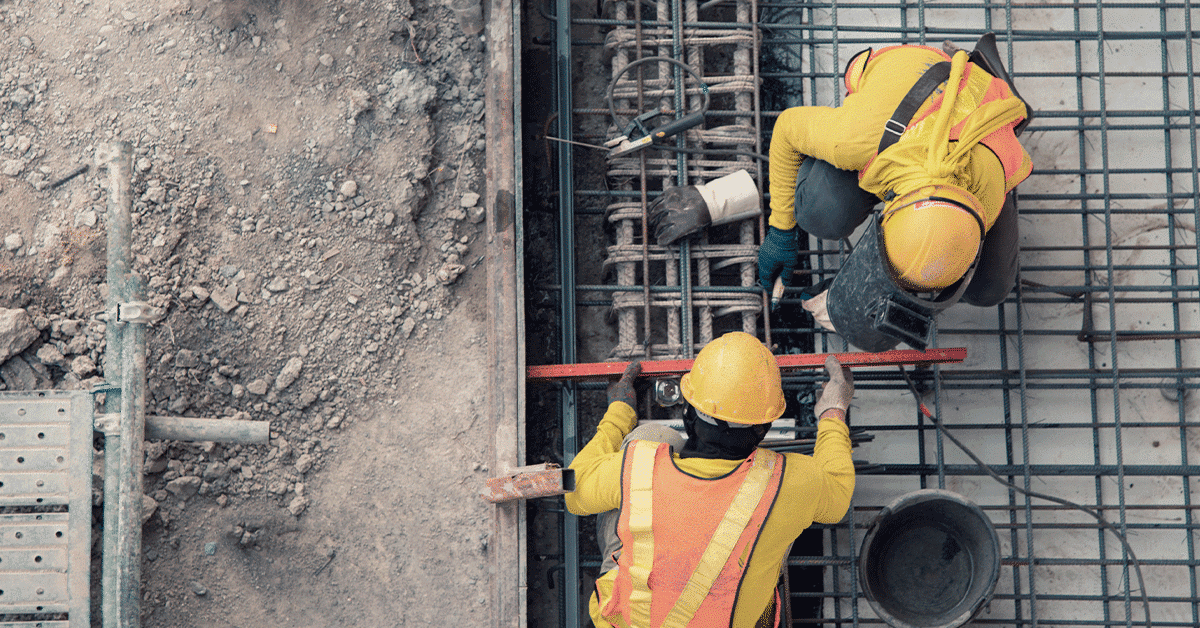Innovation in concrete can make buildings leaner

Scientists from the Federal Materials Testing and Research Institute have developed self-prestressed concrete elements. With this innovation, buildings can be made leaner and less material used.
A team of researchers from the Eidgenössische Materialprüfungs- und Forschungsanstalt ( Empa ) has developed a new technology. This enables concrete to be produced and used more sustainably. For this purpose, the materials used in the manufacture of self-prestressed concrete elements are reduced.
With conventional prestressing, steel tendons are usually anchored on both sides of the concrete element, put under tension and then removed again. Because the steel is susceptible to rust, “the concrete layer around the prestressing steel must have a certain minimum thickness”, according to Empa in a press release . Researchers have therefore been working on replacing steel with carbon fiber reinforced plastic (CFRP) since the 1990s. However, this process is very expensive and also significantly more complicated than the prestressing process with steel.
Empa has now completely solved these problems. Thanks to her method, she can dispense with anchoring on the sides of the element. Instead, its recipe enables the concrete to expand as it cures. "As a result of this expansion, the concrete puts the CFRP rods inside under tension and thereby automatically pretensions them."
"Our technology opens up completely new possibilities in lightweight construction," said Mateusz Wyrzykowski, who heads the Empa team together with Giovanni Terrasi and Pietro Lura. "Not only can we build more stable, but we also need considerably less material."
The team recently received patents in Europe and the United States for its technology. It is now developing new applications together with industrial partner BASF.
